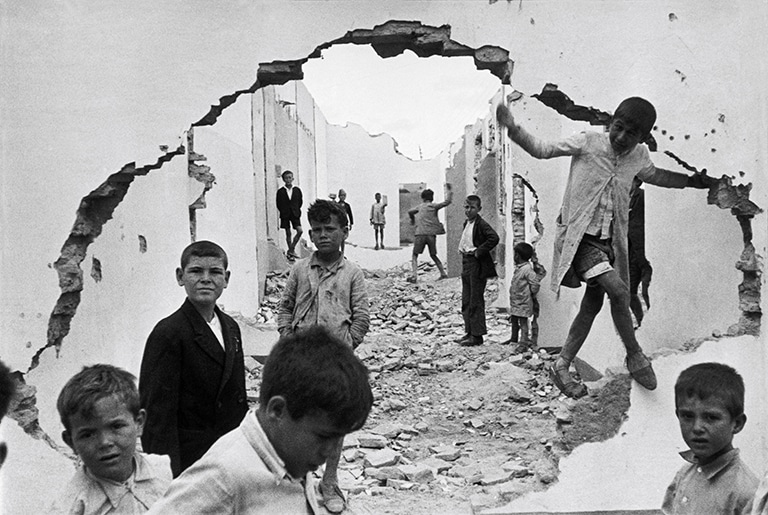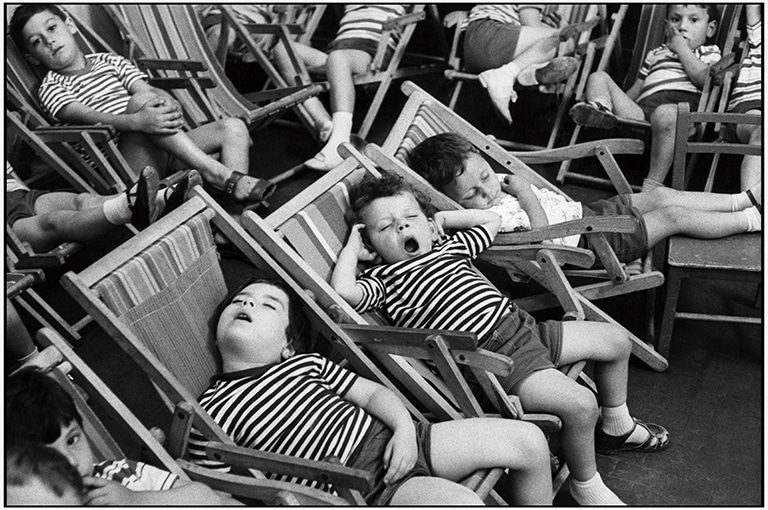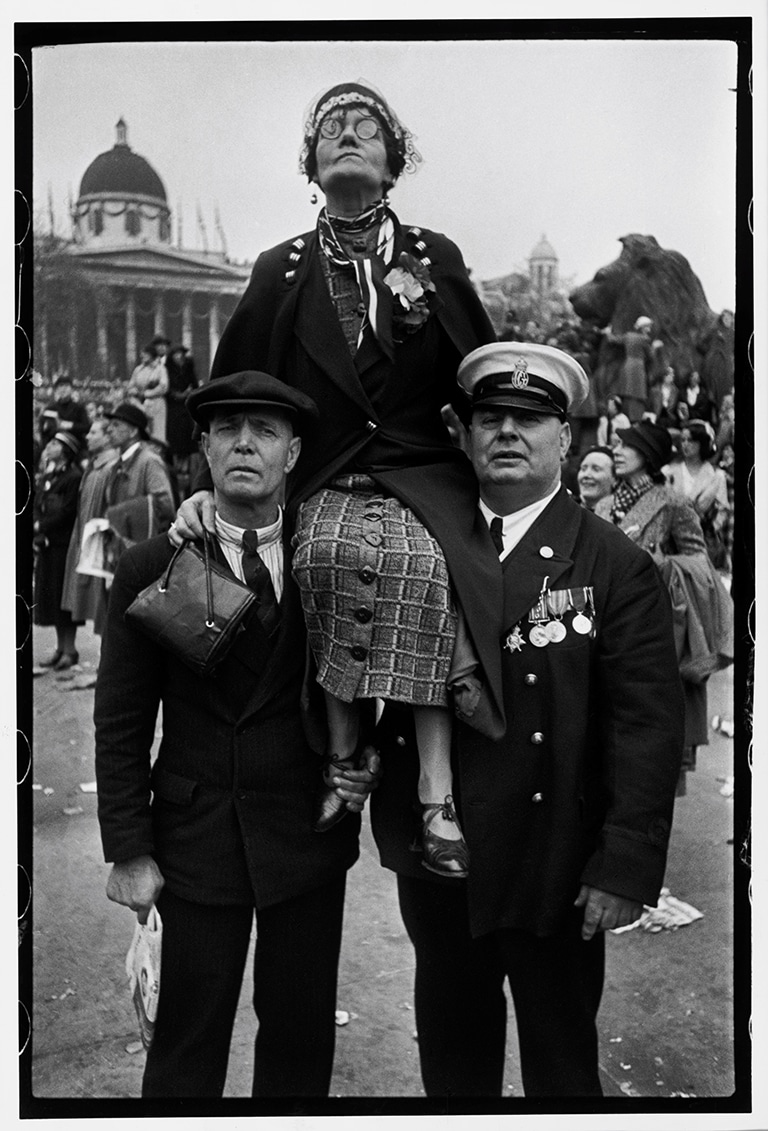EXTENDED OPENING HOURS
Friday, Saturday and Sunday until 10 pm

Winter Palace, Leningrad, Russia, 1973
© Fondation Henri Cartier-Bresson / Magnum Photos
Henri Cartier-Bresson
Watch!, Watch!, Watch!
From 11 October 2024 to 26 January 2025
Discover the exhibition
Hardly any other photographer in the 20th century has created such a rich and varied oeuvre as Henri Cartier-Bresson (1908-2004). A photojournalist, artistic photographer and portraitist, he created timeless compositions and influenced the style of subsequent generations of photographers. Throughout his career, Cartier-Bresson developed different styles and tackled a multitude of subjects. His works, many of which have become icons today, depict some of the most important events of the 20th century. In this sense, the exhibition is a true journey through time that allows us to appreciate some of the social, political and artistic transformations of the last century, together with the evolution of photography itself.
On the other hand, the exhibition also highlights the political dimension of his work, an aspect that had hitherto generally been relegated to the background due to the focus on his predilection for geometry and the theory of the “decisive moment”.
The 240 original silver gelatin prints belonging to the Fondation Henri Cartier-Bresson in Paris that make up the exhibition are accompanied by a selection of his publications in magazines and books, as well as a film and two documentaries made by Cartier-Bresson himself.
Magnum
In 1947, after his major exhibition at the Museum of Modern Art in New York, Cartier-Bresson founded Magnum with other photographers such as Robert Capa, George Rodger, and David “Chim” Seymour. At the agency, each photographer could retain the rights to their own photographs and was almost free to choose the stories they would work on. Magnum thus became one of the world’s benchmarks for quality photojournalism. Committed to the adventure that the agency represented, Cartier-Bresson devoted himself intensely to his work as a reporter from that time until 1970.
The Decisive Moment
In 1952 Cartier-Bresson published his monograph Images à la sauvette (literally, “images by stealth”), simultaneously published in English as The Decisive Moment. Translating the idea of movement into a still image such as photography was one of the artist’s major concerns, and he captured it through what is known as the “decisive moment”. It is that exact moment when we see a man’s legs bending as he is about to jump or a woman’s head covered by a curtain due to the wind. Seconds later, the man will put his legs back on the ground and another gust of wind will uncover the woman’s head, but all of that will be another instant.
Materials
Henri Cartier-Bresson, “An Island of Pleasure Gone Adrift”. Life (March 15, 1963).
Where?
KBr Fundación MAPFRE
Avenida Litoral, 30 – 08005 Barcelona
Times
Monday (except holidays): Closed
Tuesday to Sunday (and holidays): from 11:00 a.m. to 7:00 p.m.

Seville, Spain, 1933
© Fondation Henri Cartier-Bresson / Magnum Photos

Naples, Italy, 1960
© Fondation Henri Cartier-Bresson / Magnum Photos

Berlin Wall, Germany, 1962
© Fondation Henri Cartier-Bresson / Magnum Photos

Coronation of King George VI, London, England, 1937
© Fondation Henri Cartier-Bresson / Magnum Photos
Fernando Leal, “La belleza de lo imprevisto”, El Nacional (March 17, 1935).
